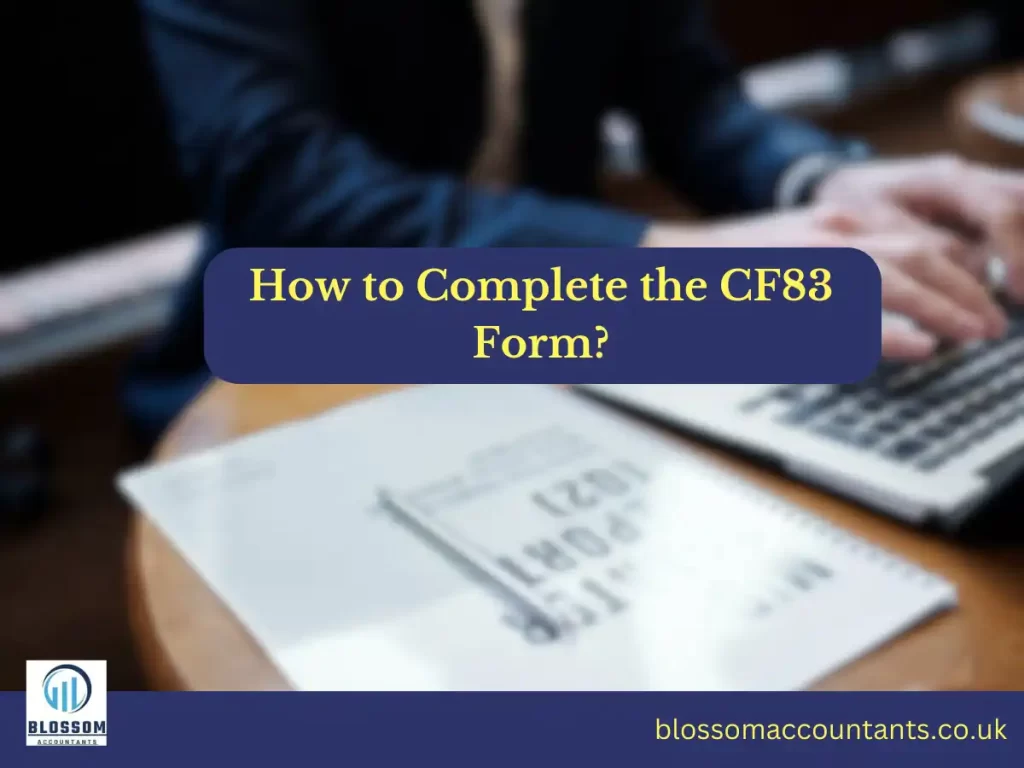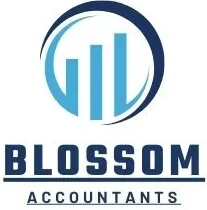The CF83 form is a vital document used by individuals and businesses in the United Kingdom to claim repayment of Construction Industry Scheme (CIS) deductions made by contractors. The Construction Industry Scheme is a tax deduction scheme specifically designed for contractors and subcontractors working in the construction industry.
In this article, we will explore the CF83 form in detail, including its purpose, when and how to use it, and the process of claiming repayment of CIS deductions. Understanding the CF83 form is essential for individuals and businesses involved in the construction industry to ensure compliance and maximize their financial returns.
Table of Contents
What is the CF83 Form?
The CF83 form is an official document provided by Her Majesty’s Revenue and Customs (HMRC) that allows individuals and businesses to claim repayment of Construction Industry Scheme deductions. It is used by subcontractors to reclaim the tax deductions made by contractors on their behalf.
Purpose of the CF83 Form
The CF83 form serves the following purposes:
Claiming Repayment:
It enables subcontractors to claim back the tax deducted from their payments by contractors under the Construction Industry Scheme.
Ensuring Compliance:
By completing the CF83 form accurately, subcontractors demonstrate their compliance with the relevant tax regulations and provide the necessary documentation for claiming repayment.
When to Use the CF83 Form?
The CF83 form should be used under the following circumstances:
Subcontractor Status:
If you work as a subcontractor in the construction business and have had tax deductions taken from contractor payments, you can demand restitution using the CF83 form.
Excessive Tax Deductions:
If you feel that the tax deductions claimed by contractors are more than your actual tax burden, you can request a refund using the CF83 form.
How to Complete the CF83 Form?
To complete the CF83 form correctly, follow these steps:
Obtain the Form:
Download the CF83 form from the official HMRC website or request a physical copy.
Provide Personal Information:
Fill in your personal details, including your name, address, Unique Taxpayer Reference (UTR), National Insurance number, and contact information.
Provide Contract Details:
Enter the relevant details of the contract, including the contractor’s name, address, UTR, and the period covered by the deductions.
Calculate Deductions:
Calculate the total amount of deductions made by the contractor during the specified period and enter this figure in the appropriate section of the form.
Attach Supporting Documents:
Include any supporting documentation required by HMRC, such as payment statements, payslips, or CIS vouchers.
Sign and Submit:
Sign the CF83 form and submit it to the HMRC address provided on the form. Retain a copy for your records.

What is the Process of Claiming Repayment?
Once the CF83 form is submitted, the process of claiming repayment typically follows these steps:
HMRC Verification:
HMRC reviews the submitted form and supporting documents to ensure accuracy and compliance.
Processing Time:
The processing time for CF83 form claims may vary, but HMRC aims to process most claims within a specified timeframe.
Repayment Decision:
HMRC assesses the claim and makes a decision on whether to approve or deny the repayment request.
Repayment Notification:
If the claim is approved, HMRC notifies the subcontractor of the repayment amount and provides instructions on how the funds will be transferred.
What are the Form CF83 Important Considerations?
When dealing with the CF83 form and claiming repayment of CIS deductions, it’s crucial to keep the following points in mind:
Accurate Information:
Ensure that all information provided on the CF83 form is accurate and supported by relevant documentation to avoid delays or rejection of the claim.
Deadlines:
Be mindful of any deadlines imposed by HMRC for submitting the CF83 form and making repayment claims.
Record-Keeping:
Maintain copies of the CF83 form, supporting documents, and any correspondence with HMRC for future reference and auditing purposes.
What are Benefits of Using the CF83 Form?
Using the CF83 form to claim repayment of CIS deductions offers several benefits, including:
Financial Recovery:
It allows subcontractors to reclaim tax deductions, thereby increasing their net income and improving cash flow.
Compliance Assurance:
By submitting the CF83 form, subcontractors demonstrate their compliance with tax regulations and provide a transparent record of their tax liabilities and deductions.
Simplified Process:
The CF83 form streamlines the repayment claim process by providing a structured
format for submitting all relevant information.
Potential Challenges:
While the CF83 form facilitates the process of claiming repayment of CIS deductions, there may be some challenges to consider, such as:
Documentation Requirements:
Gathering and organizing the necessary supporting documents can be time-consuming and require meticulous record-keeping.
Processing Time:
The processing time for CF83 form claims can vary, and it is important to be aware of any potential delays in receiving the repayment.
Rejection Risk:
Inaccurate or incomplete information on the CF83 form may result in the rejection of the repayment claim, leading to additional efforts to rectify the situation.
Also read: CIS Tax Refund

Seeking Professional Assistance:
Given the complexities involved in the CF83 form and the claiming process, subcontractors may choose to seek professional assistance from accountants or tax advisors who specialize in the construction industry. These professionals can provide guidance, ensure compliance, and enhance the efficiency of the repayment claim process.
Conclusion CF83 Form :
The CF83 form is critical in allowing subcontractors in the construction sector to recover CIS deductions made by contractors. Individuals and organizations may manage the claiming process successfully and optimize their financial returns by knowing the purpose, procedure, and factors involved with the CF83 form. To guarantee a seamless and successful reimbursement claim experience, it is critical to follow the standards, keep correct documents, and fulfill all necessary dates.
DISCLAIMER: We have written the UK accounting and tax related details for your information only. For professional advice or for any accounting task you require, you may need to speak to a professional accountant near you who can assist you. Please read our disclaimer for more details.

